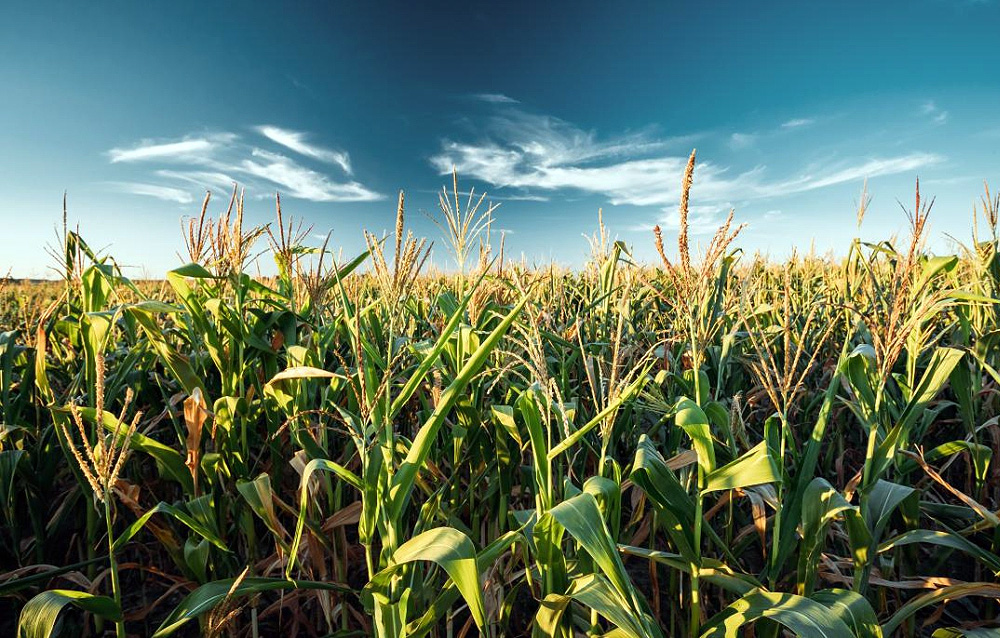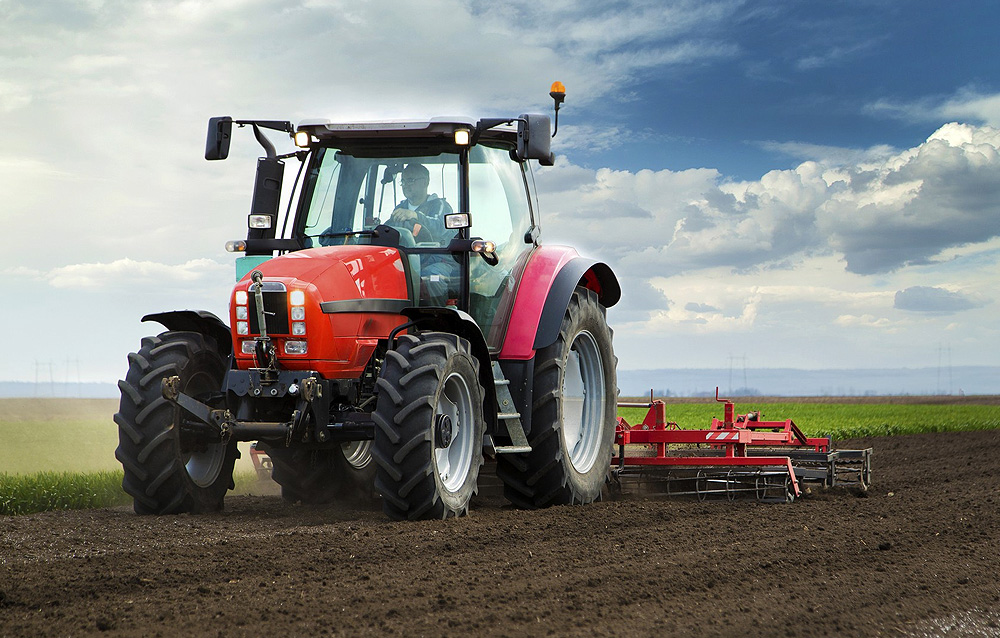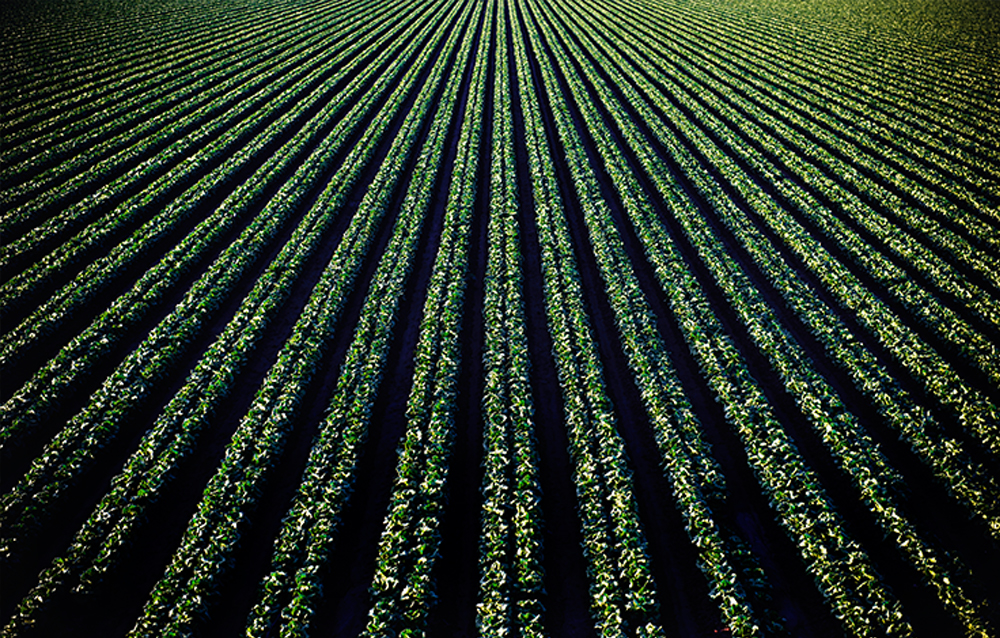
Climate Change
Climate change poses a significant threat to agriculture worldwide. Changes in temperature, precipitation patterns, and the frequency of extreme weather events affect crop yields and livestock productivity.
- Extreme Weather: Increased incidence of droughts, floods, and storms can devastate crops and reduce harvests.
- Temperature Fluctuations: Shifts in temperature can affect growing seasons, making it difficult for farmers to plan and manage their crops effectively.
- Water Scarcity: Changes in rainfall patterns can lead to water shortages, impacting irrigation and crop growth.
Soil Degradation
Soil health is fundamental to productive farming, but many agricultural practices contribute to soil degradation, reducing its fertility and ability to support crops.
- Erosion: Overgrazing, deforestation, and improper land management can lead to soil erosion, stripping away the topsoil necessary for plant growth.
- Nutrient Depletion: Intensive farming practices can deplete essential soil nutrients, leading to reduced crop yields over time.
- Contamination: The use of chemical fertilizers, pesticides, and herbicides can lead to soil contamination, harming microorganisms and reducing soil quality.


Pests and Diseases
Pests and diseases can cause significant losses in agriculture, threatening food security and farmer livelihoods.
- Pest Resistance: Overuse of chemical pesticides can lead to the development of resistant pest populations, making it harder to control infestations.
- Crop Diseases: Fungal, bacterial, and viral diseases can devastate crops, reducing yields and quality.
- Invasive Species: Non-native pests and diseases can spread rapidly and cause severe damage to crops and livestock.
Animal Health and Welfare
Ensuring the health and welfare of livestock is a fundamental responsibility of farmers. However, there are many challenges that can impact the well-being of animals.
- Disease Management: Livestock are vulnerable to various diseases, which can spread rapidly and cause significant losses. Effective disease management requires vaccination, biosecurity measures, and prompt veterinary care.
- Nutrition: Providing balanced and adequate nutrition is essential for animal health and productivity. Poor nutrition can lead to health problems and reduced productivity
- Housing Conditions: The living conditions of livestock, including space, shelter, and bedding, are crucial for their well-being. Overcrowded or unsanitary conditions can lead to stress, injury, and disease.


Economic Challenges
Farmers often face economic challenges that affect their ability to sustain and grow their operations.
- Market Volatility: Fluctuations in market prices for crops and livestock can make it difficult for farmers to predict income and manage finances.
- Access to Capital: Limited access to credit and financial services can restrict farmers’ ability to invest in new technologies and practices.
- Global Competition: Farmers must compete with global markets, which can lead to pressure to lower prices and reduce margins.
Technological Adoption
While technological advancements can greatly improve agricultural productivity, adoption can be slow due to various barriers.
- Cost: High upfront costs for new technologies can be prohibitive for many small and medium-sized farms.
- Knowledge: Lack of access to information and training on new technologies can hinder adoption.
- Infrastructure: Inadequate infrastructure, such as internet connectivity in rural areas, can limit the ability to implement and benefit from modern agricultural technologies.
